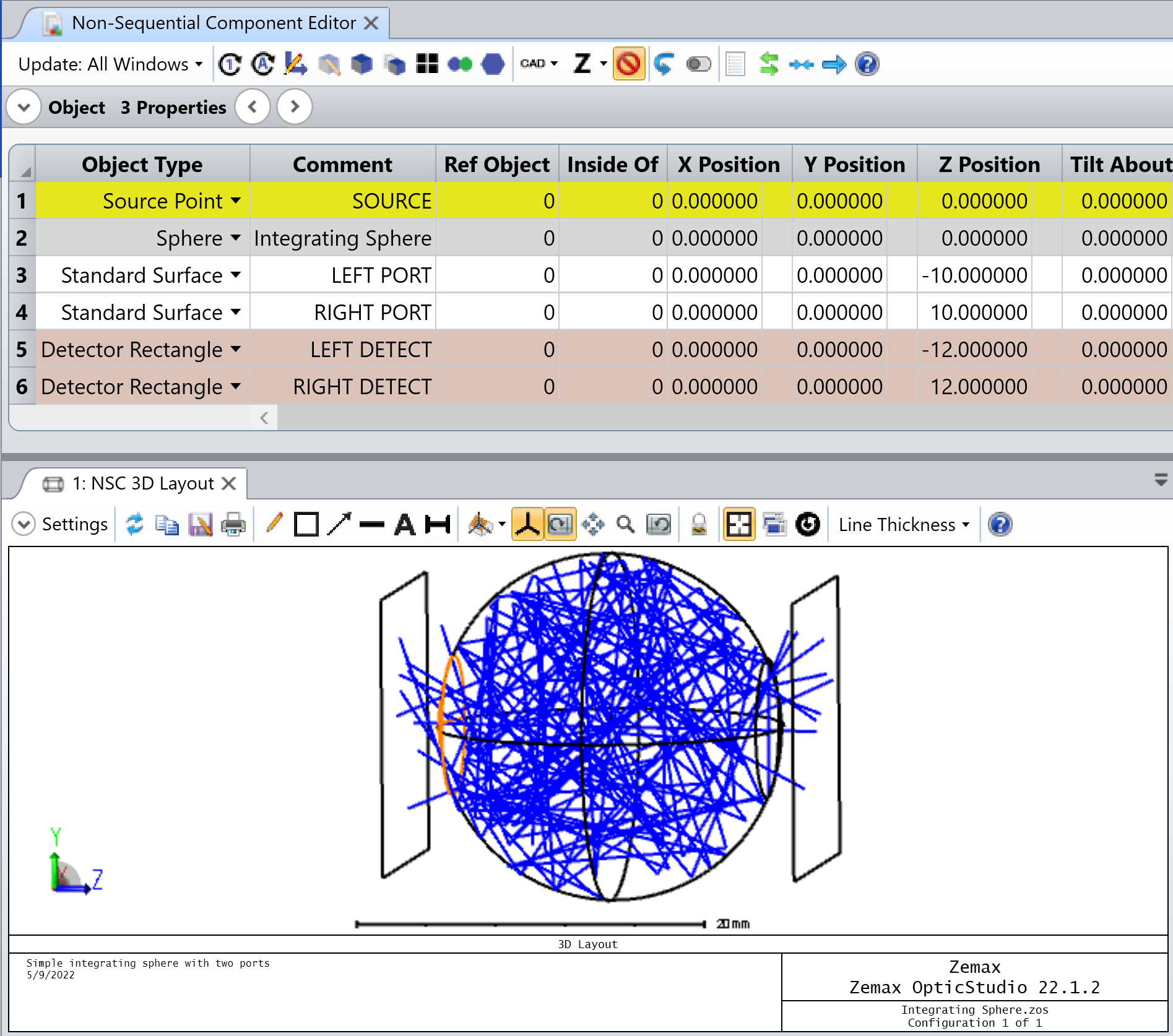Hey folks,
I got a glass sheet with front surface coated with AR coating and backside coated with colored ink, I know the reflectance spectra of the ink as well as AR coating design, the difficulty is that the ink will scatter light, how could I use Zemax to calculate the color measured from front surface of glass? Appreciate your help.
Cheers,




